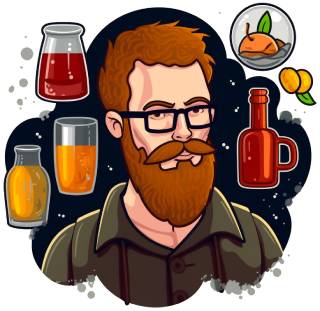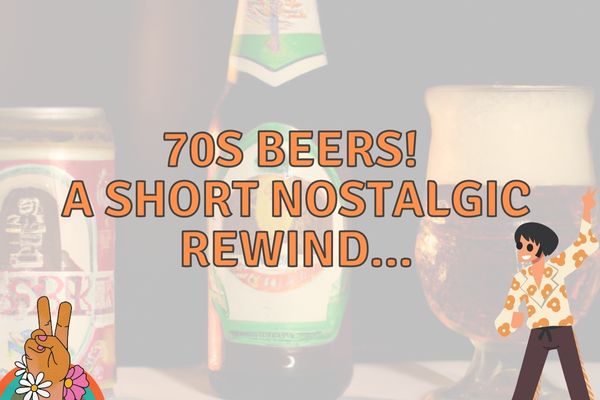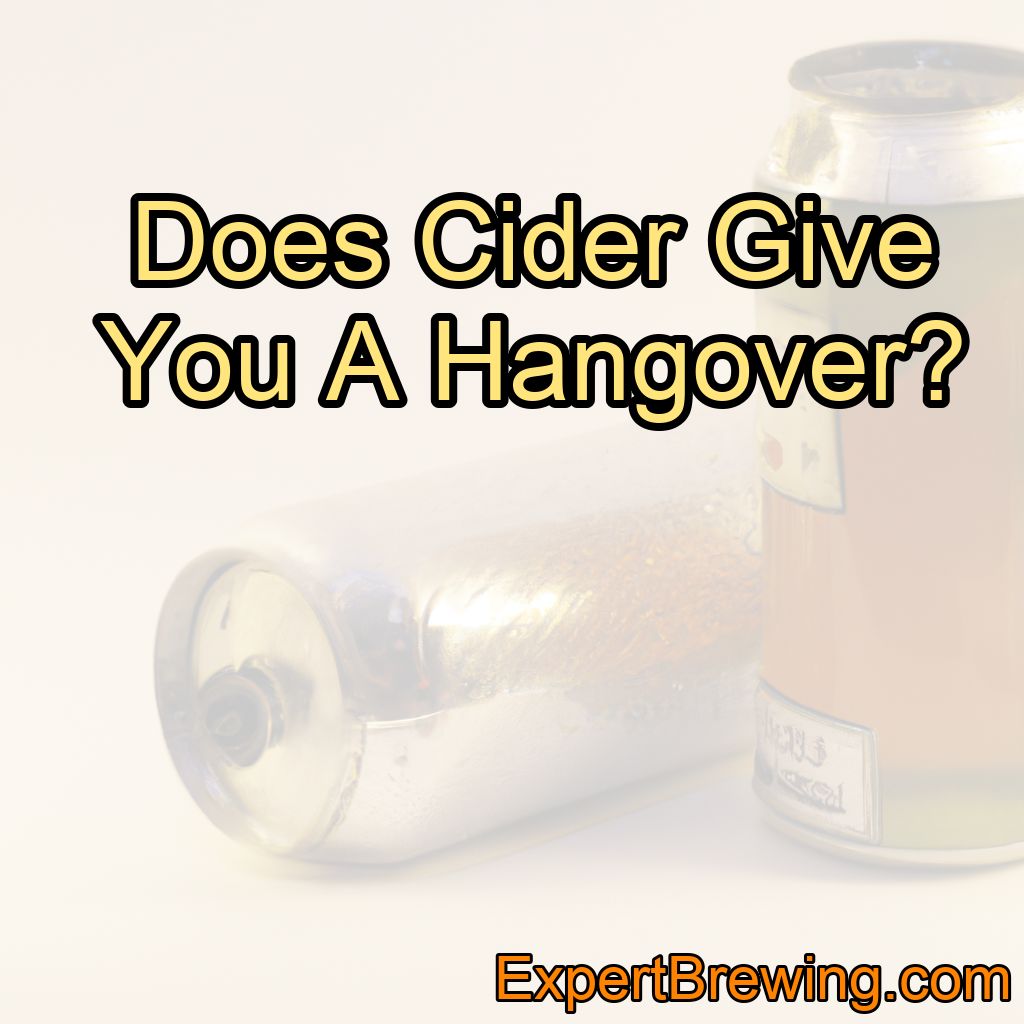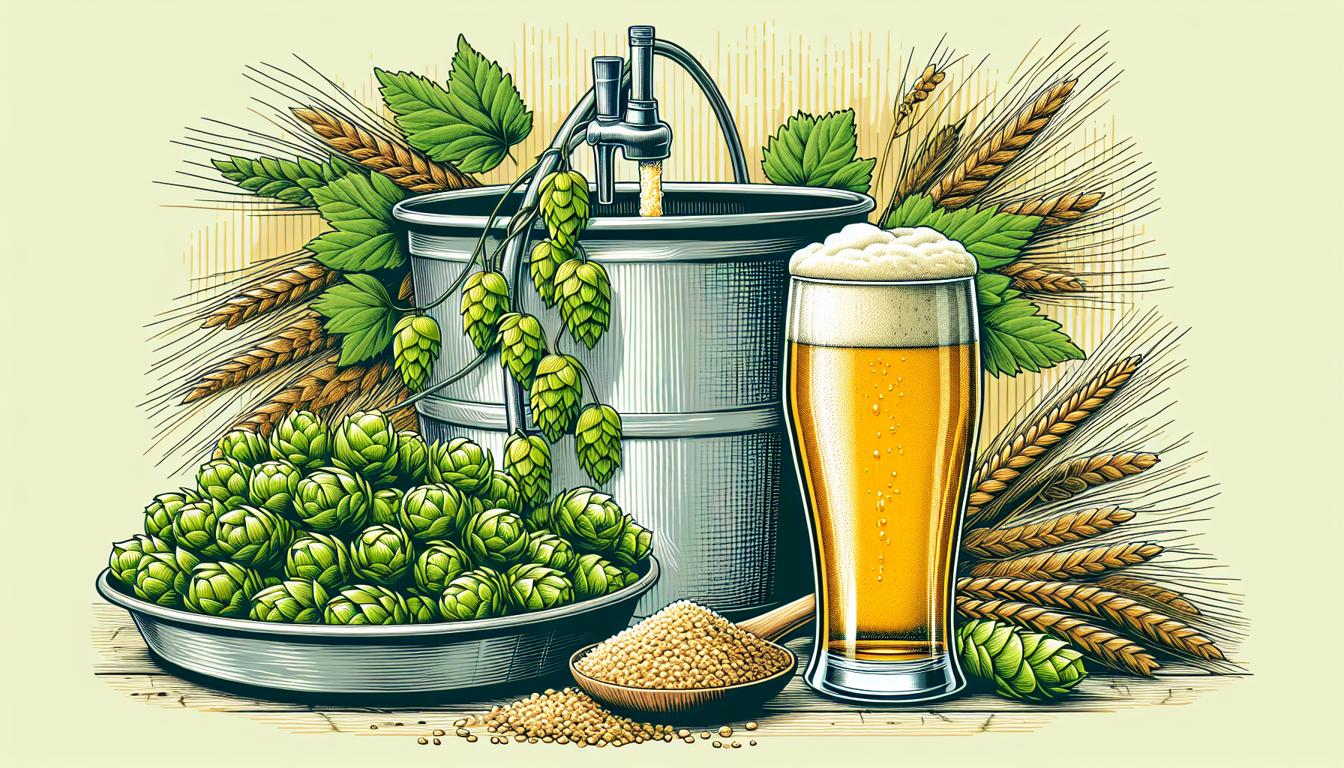The 1970s were a time of significant changes in the world of beer. With the rise of mass-produced, commercially available brews, the general public began to develop a taste for a wider variety of beer styles.
In the 1970s, some popular beers included Schlitz, Miller High Life, Budweiser, Coors Banquet, Pabst Blue Ribbon, and Falstaff.
These beers were predominantly American lagers, which were characterized by their light, crisp taste and lower alcohol content.
The 70s also saw the emergence of light beers, such as Miller Lite, which gained popularity due to their reduced calorie count.
However, the craft beer movement had not yet taken off, so the beer landscape was dominated by these mass-produced options.
In this blog post, we’ll take a nostalgic trip down memory lane and explore some of the most popular beers from this iconic decade. Get ready to pop open a cold one and remember the good old days!
1. Schlitz
The 1970s saw the peak of Schlitz‘s popularity. This Milwaukee-based brewery was once the largest beer producer in the United States. Known as “The beer that made Milwaukee famous,” Schlitz was a staple in households and bars across the country.
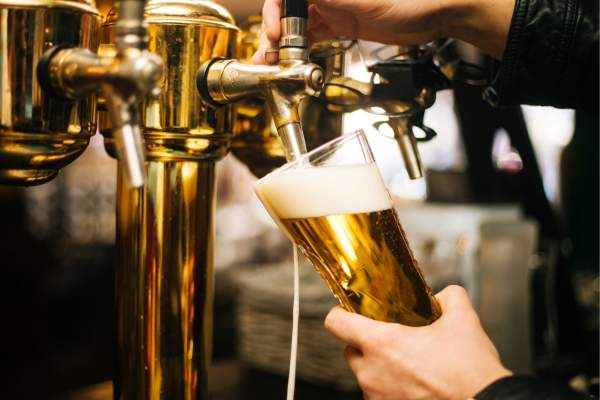
Its distinctive taste and unique advertising campaigns helped it become one of the most famous beers of the decade. Unfortunately, a change in the brewing process and formula in the late 1970s caused a decline in sales, and Schlitz never fully recovered its former glory.
2. Miller Lite
Introduced in 1975, Miller Lite was a game-changer in the beer market. As one of the first commercially successful light beers, it quickly became a hit with consumers looking for a lower-calorie alternative to traditional lagers.

This innovative brew was not only popular because of its reduced calorie count but also because it maintained a full-bodied taste that satisfied even the most discerning beer drinkers.
Miller Lite’s iconic “Tastes Great, Less Filling” advertising campaign helped solidify its place as a favorite among 70s beer enthusiasts.
3. Budweiser
A true American classic, Budweiser was already well-established by the time the 70s rolled around. With its iconic Clydesdale horses and memorable advertising slogans like “When you say Bud, you’ve said it all,” Budweiser remained a popular choice for beer drinkers throughout the decade.
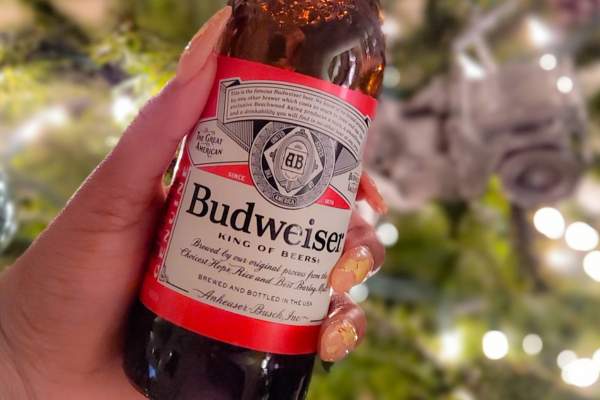
Its smooth, clean taste and approachable branding made it a go-to option for people looking for a reliable, no-frills brew.
4. Coors
While it had been a regional favorite in the western United States since the 19th century, Coors gained nationwide fame in the 1970s. Known as “The Banquet Beer,” Coors’ popularity skyrocketed after it was featured in the 1977 film “Smokey and the Bandit.”
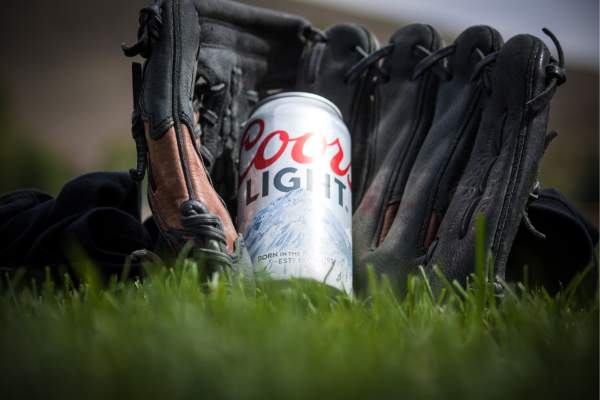
Fans of the movie were drawn to the beer’s crisp, refreshing taste and the mystique surrounding its limited availability east of the Mississippi River. This increased demand led to Coors expanding distribution across the country, solidifying its place as one of the most popular beers of the decade.
5. Pabst Blue Ribbon
Another Milwaukee-based brew, Pabst Blue Ribbon (PBR) was a favorite among working-class beer drinkers in the 1970s. Known for its distinctive red, white, and blue can design, PBR was an affordable option that offered a no-nonsense, straightforward taste.
The beer’s popularity was further cemented by winning the titular blue ribbon at the 1893 World’s Columbian Exposition, which was proudly displayed on the can. PBR remains a popular choice today, particularly among the hipster crowd, who appreciate its old-school appeal and unpretentious nature.
More on Beers of the 70s
Ah, the 70s, a decade filled with memorable moments, groovy tunes, and, of course, some classic beers. When it comes to the popular brews of that time, there were a few names that stood out from the crowd and even elicited some personal anecdotes.

One of the big players in the beer scene during the 70s was Schlitz. It was known for its distinct taste and iconic marketing campaigns. I remember my uncle, a loyal Schlitz drinker, always having a six-pack ready for family get-togethers.
It was his go-to beer, and he would often tell stories about how it was the perfect companion for a lazy Sunday afternoon watching sports on TV.
Miller High Life was another beer that enjoyed immense popularity in the 70s. Its slogan “The Champagne of Beers” captured the imagination of many beer enthusiasts. I recall my father reminiscing about the good old days when he and his friends would gather at the local bar, clinking their Miller High Life bottles together to celebrate life’s little victories. It had a crisp and refreshing taste that made it a favorite choice for many.
Budweiser, a true American classic, was a staple in bars and households alike. It had a loyal following that swore by its smooth flavor. My grandfather, a proud patriot, always had a cold Budweiser waiting for him after a long day of work.
He believed it was the perfect reward for a hard day’s labor and would often share stories about the camaraderie that came with sharing a Bud with friends at the neighborhood block parties.
Coors Banquet, with its golden hue and rich taste, gained a cult following during the 70s. I remember attending a backyard barbecue where my neighbor proudly cracked open a few Coors Banquet beers for everyone.
He claimed that its crisp and clean finish made it the ideal choice for a hot summer day. The unique thing about Coors Banquet back then was that it wasn’t available nationwide, so people would often bring it back as a souvenir from trips out West, making it a bit of a special treat.
Pabst Blue Ribbon, or PBR as it is commonly referred to, had its own charm and appeal. It had a reputation for being a reliable, no-nonsense beer that was both affordable and satisfying. I recall a college friend who would always show up to parties with a case of PBR.
He saw it as a badge of honor, embracing the “hipster before it was cool” mentality. It became a symbol of rebellion and authenticity for him and many others who were seeking an alternative to the mainstream choices.
Lastly, there was Falstaff, a beer that had its heyday in the 70s but later faded from the spotlight. Although it may not be as well-known today, it had its fair share of loyal fans back then. I remember my aunt telling stories about how she used to hang out with her friends at a local dive bar, sipping on ice-cold Falstaff beers and sharing laughter late into the night. It had a certain charm and nostalgia attached to it, like a time capsule of the past.
Thinking back on those beers and the stories associated with them brings a sense of nostalgia. Each brand had its own distinct character and resonated with different groups of people. They were more than just beverages; they were part of the cultural fabric of the 70s, creating connections and memories that have lasted through the years.
Conclusion
The 1970s were an exciting time for beer enthusiasts, with a range of popular brews that catered to various tastes and preferences.
From mass-produced favorites like Schlitz and Budweiser to innovative options like Miller Lite, these beers continue to evoke nostalgic memories for many.
As we look back on this iconic decade, it’s clear that the beers of the 70s played a significant role in shaping the diverse and ever-evolving beer market we know and love today. Cheers to the brews that helped define a generation!
